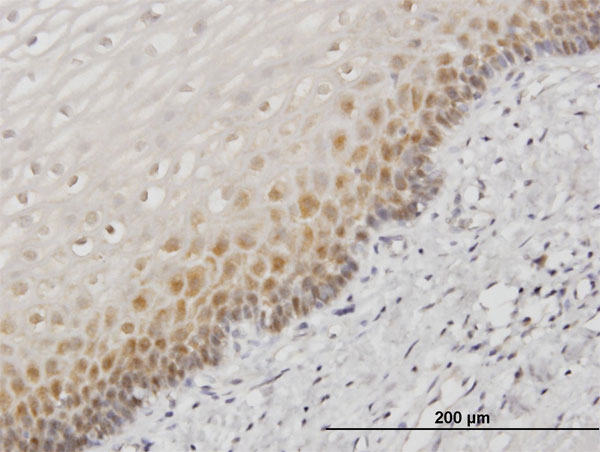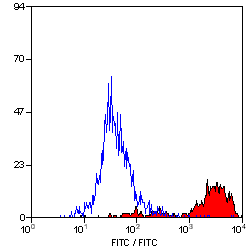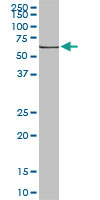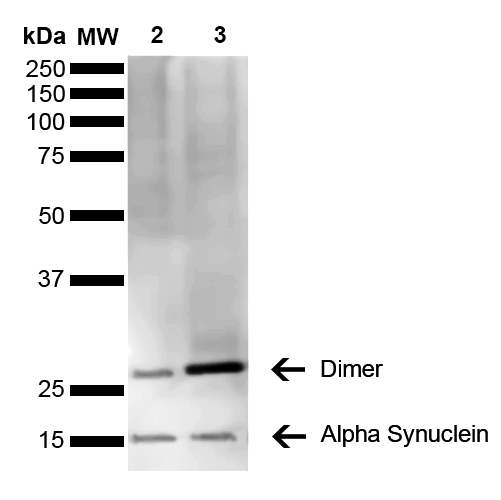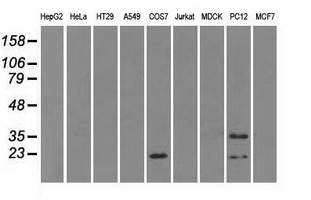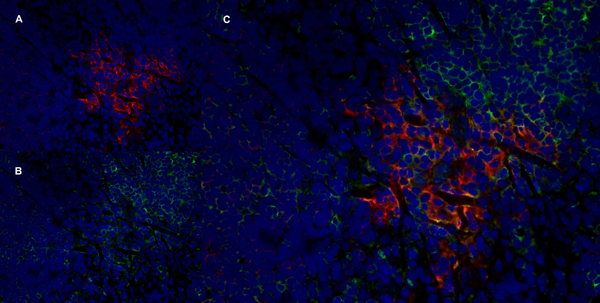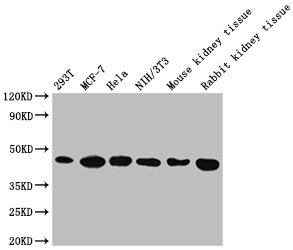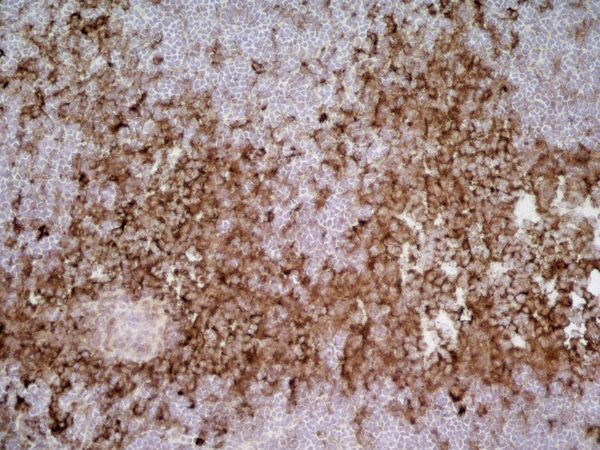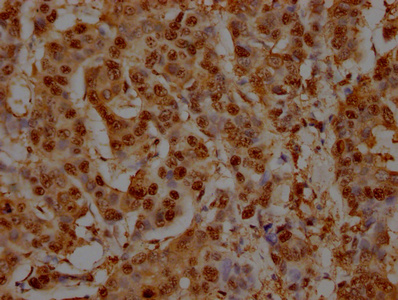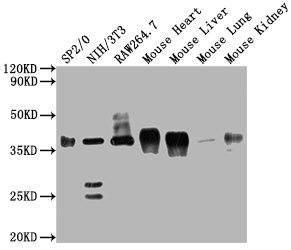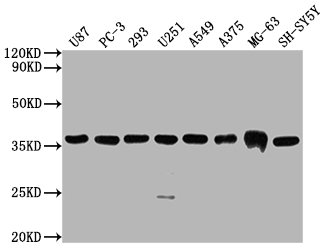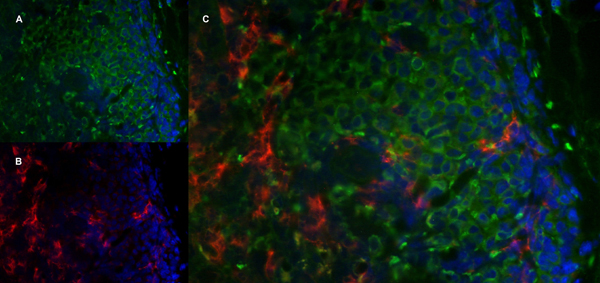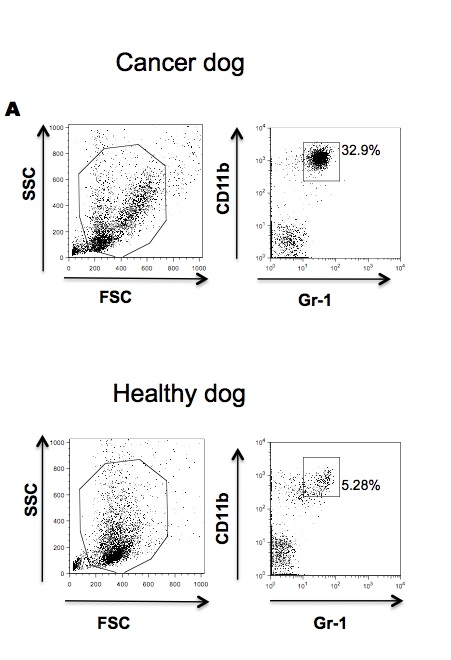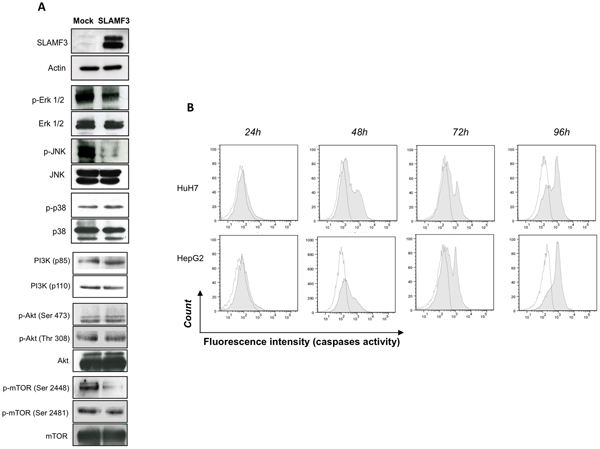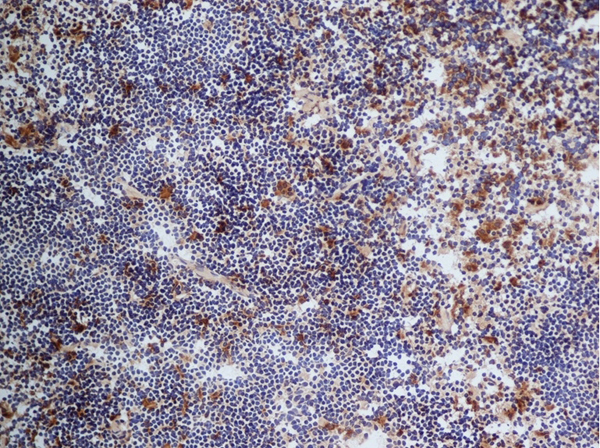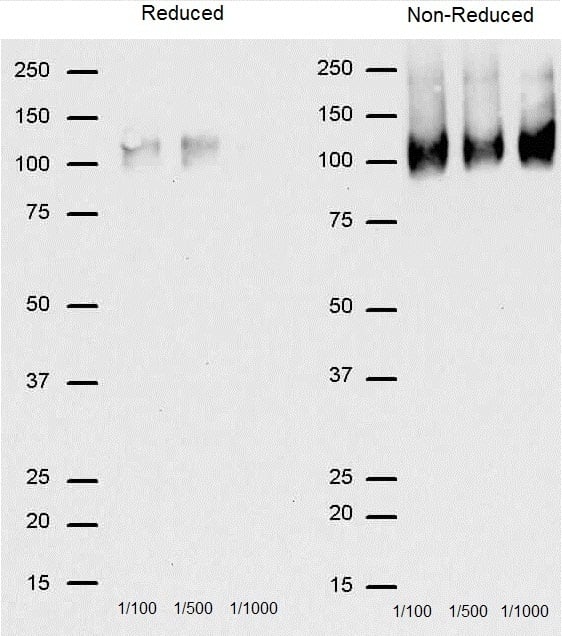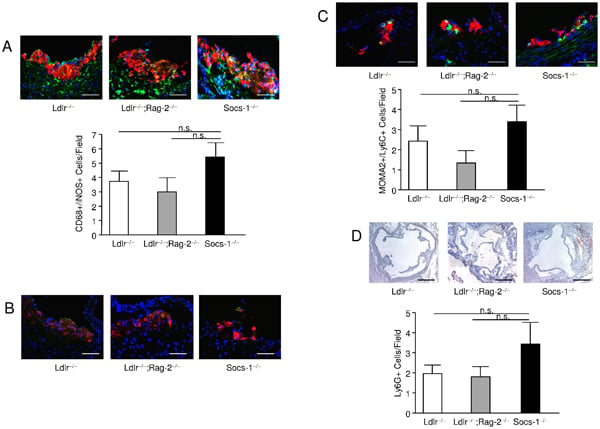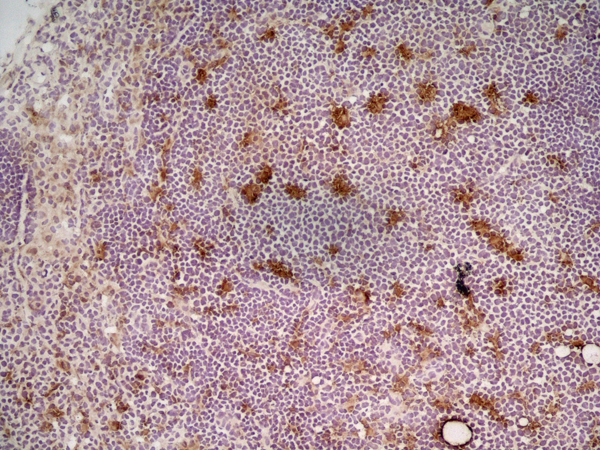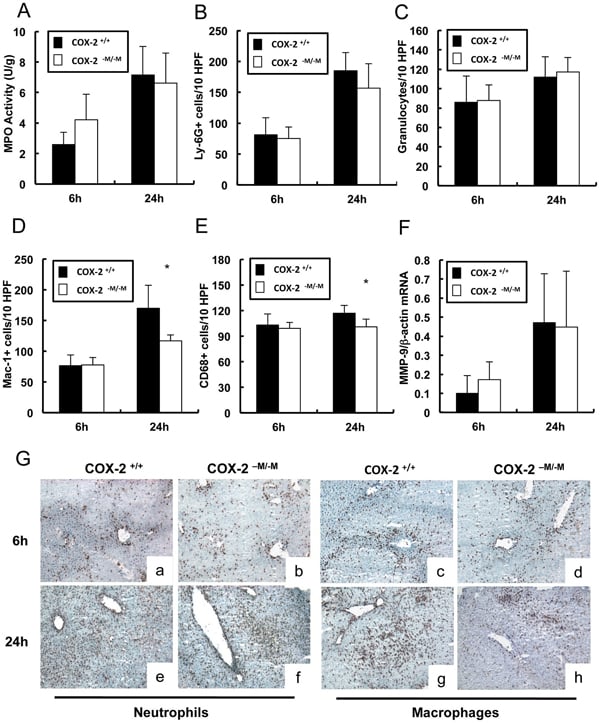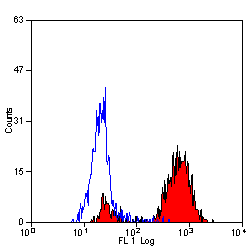Filters
Clonality
Type
Reactivity
Gene Name
Isotype
Host
Application
Clone
2955 results for " Monoclonal Antibodies" - showing 2900-2950
HSPA1B, Monoclonal Antibody (Cat# AAA26511)
BUBR1, Monoclonal Antibody (Cat# AAA25332)
CD11b, Monoclonal Antibody (Cat# AAA12057)
FGFR2, Polyclonal Antibody (Cat# AAA28728)
CD11b, Monoclonal Antibody (Cat# AAA11889)
HSPA1A, Monoclonal Antibody (Cat# AAA25129)
HSPA1A, Monoclonal Antibody (Cat# AAA24241)
Vimentin, Monoclonal Antibody (Cat# AAA13829)
Does not react with Mouse and Rat
Alpha Synuclein, Monoclonal Antibody (Cat# AAA17810)
CRYAB / Alpha B Crystallin, Monoclonal Antibody (Cat# AAA12373)
HSPA1A, Monoclonal Antibody (Cat# AAA24537)
CD59, Monoclonal Antibody (Cat# AAA12022)
CD59, Monoclonal Antibody (Cat# AAA12068)
HSPA1A, Monoclonal Antibody (Cat# AAA25423)
CD59, Monoclonal Antibody (Cat# AAA11857)
HSPA1A, Monoclonal Antibody (Cat# AAA25719)
PDL1, Monoclonal Antibody (Cat# AAA10992)
GST, Monoclonal Antibody (Cat# AAA28065)
ESTROGEN RECEPTOR BETA 5, Monoclonal Antibody (Cat# AAA12216)
CD25, Monoclonal Antibody (Cat# AAA12044)
ACTB, Monoclonal Antibody (Cat# AAA28066)
GAPDH, Monoclonal Antibody (Cat# AAA27043)
CD172a, Monoclonal Antibody (Cat# AAA11888)
GAPDH, Monoclonal Antibody (Cat# AAA27042)
CD4, Monoclonal Antibody (Cat# AAA12228)
CD25, Monoclonal Antibody (Cat# AAA11966)
CD172a, Monoclonal Antibody (Cat# AAA12056)
CD59, Monoclonal Antibody (Cat# AAA11916)
CD59, Monoclonal Antibody (Cat# AAA11917)
GFP, Monoclonal Antibody (Cat# AAA28064)
CD172a, Monoclonal Antibody (Cat# AAA12001)
CD25, Monoclonal Antibody (Cat# AAA11965)
Vimentin, Monoclonal Antibody (Cat# AAA13810)
Does not react with Mouse and Rat




